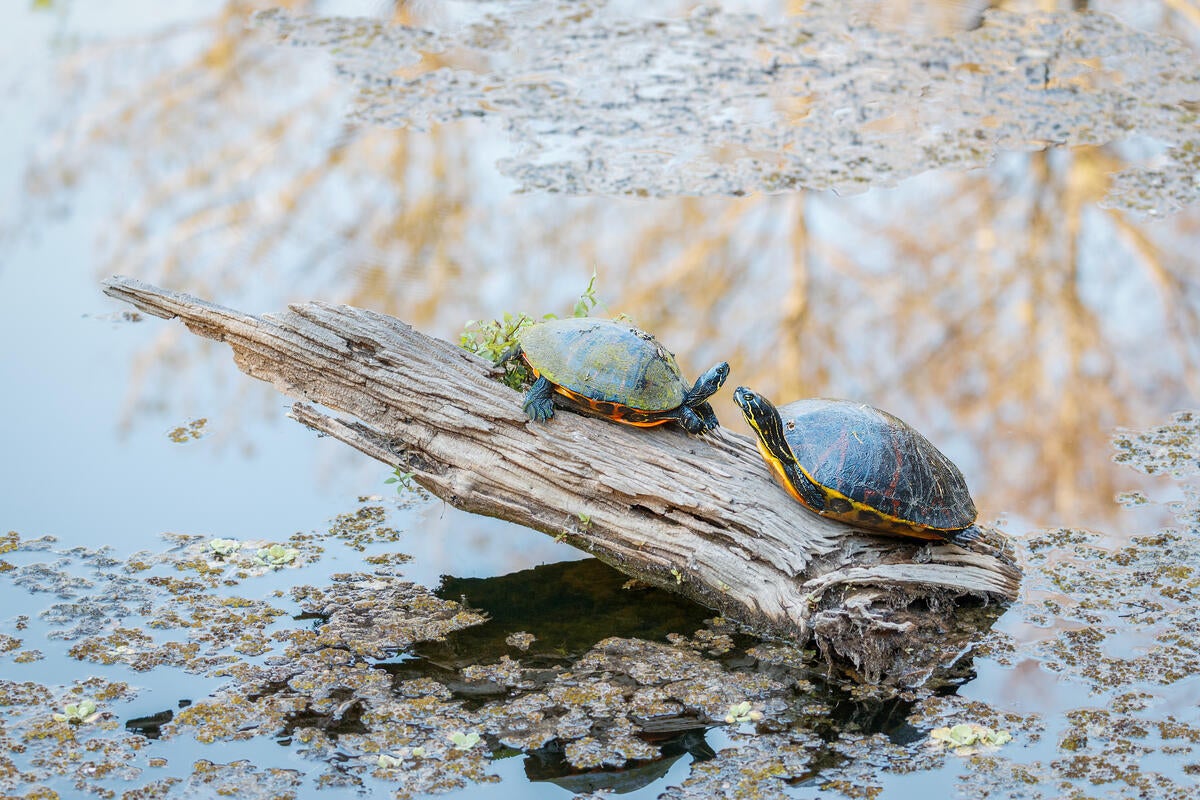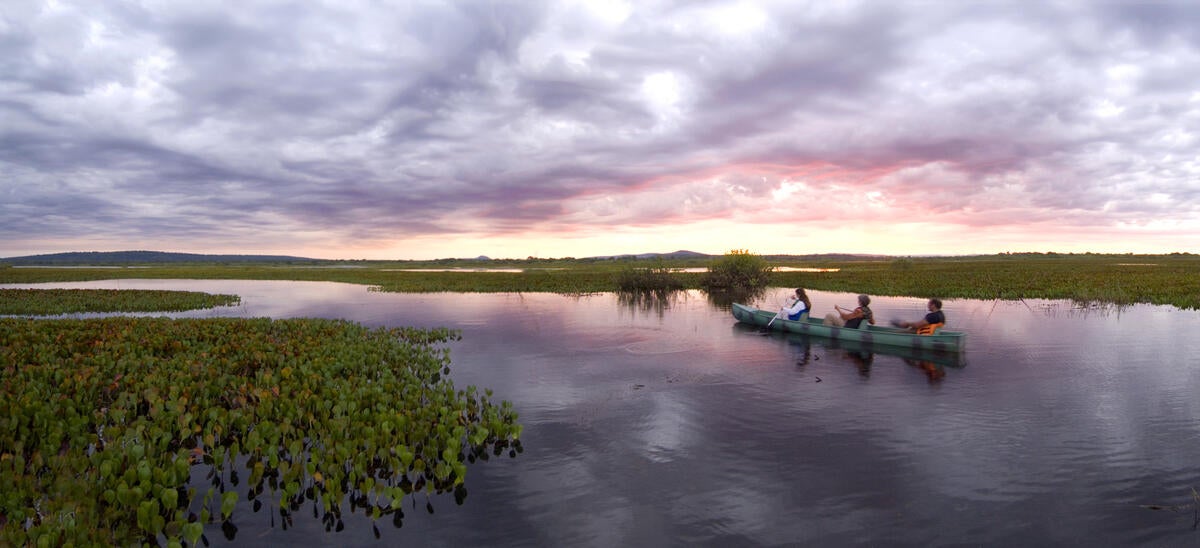One year ago, the U.S. Supreme Court issued a decision that significantly reduced federal wetlands protections, leaving America’s wetlands at greater risk of development and degradation. The case of Sackett v. EPA was decided 9-0 in favor of the Sacketts, a couple from Idaho that filled in wetlands to build on their property near Priest Lake. The Court ruled unanimously that the wetlands on the Sackett’s property were not regulated under the Clean Water Act, but a narrow majority of justices went further to issue a controversial 5/4 opinion that scaled back federal protections that have provided for the thoughtful conservation of America’s wetlands for decades. Of note, Justice Kavanaugh, siding with the minority, expressed concern about the decision’s “significant repercussions for water quality and flood control throughout the United States.”
The impacts of the decision are still unfolding, and there remains a lot of uncertainty on how the unclear language of the Court will be interpreted in the long term. But what we do know is that this decision will have a significant impact. Here’s where things stand one year later. 
More impacts to wetlands mean fewer benefits
Wetlands offer countless benefits. They act as sponges to hold up to 1.5 million gallons of floodwater per acre, protecting communities from downstream flooding. They clean our waterways and drinking water by filtering out pollution carried in run-off before it enters our rivers and streams. Not to mention, critical wetland habitat fuels local economies that are supported by hunting, fishing, tourism and outdoor recreation. The Supreme Court decision puts a large portion of America’s wetlands – potentially as much as 90 million acres – and these essential benefits at serious risk.
We’re seeing impacts start to show up on the ground in the form of permits for development projects that could impact wetlands (approved jurisdictional determinations). These permits say which wetlands in the project area are federally regulated. Since the Supreme Court decision, 20% of permits for palustrine (freshwater) wetlands were determined “jurisdictional,” meaning the Clean Water Act would offer some protection for these wetlands. This number can be compared to the 36% of palustrine wetland permits that were determined jurisdictional during the four years prior to the Supreme Court case. The pattern does vary state by state due to large individual projects and a relatively small number of permits after the decision, but some states show even larger decreases in the percentage of jurisdictional wetland permits. For instance, South Carolina saw a 22% decrease in jurisdictional wetland permits and North Carolina saw a whopping 60% decrease.
To help track the impacts of the Supreme Court decision on the ground, we created a new tool that compares permits before and after the Supreme Court decision for different areas. Stay tuned as permits granted in the upcoming years will give us a clearer picture, but the results so far suggest that the Court’s decision is already having an impact and could lead to increased risky development in wetland areas.
More uncertainty (and lawsuits)
There is a lot of uncertainty regarding which wetlands are now federally protected. Businesses rely on certainty and stability to make important decisions, and regulators need to know where to draw the line. Rather than clarify federal wetlands protections, the Court’s decision has muddied the waters (excuse the pun) with unclear and subjective language.
Federal agencies implemented the Supreme Court decision in August 2023 through a new rule that defines which wetlands and waters are federally protected, and they are already facing multiple lawsuits challenging that rule. The legal challenges claim that the federal government is not implementing the Court’s decision correctly because they are protecting too many wetlands. So, while we don’t have a good handle of which wetlands are covered by the Clean Water Act now, these legal challenges create even more uncertainty for businesses, regulators and the communities that rely on healthy wetlands.
States are picking up the slack or rolling back
Nearly half of U.S. states do not have state-level wetlands protections, which means the rollback of federal protections will likely increase impacts to wetlands in these states. And among the U.S states that do have state-level wetland protections, some are bolstering those safeguards while others are rolling them back.
States with robust state-level protections are now tasked with regulating wetlands no longer regulated by the federal government. This means that state environmental agencies need more people and more money to pick up the slack. For example, California recently proposed $7 million annually to pay for nearly 40 new full-time positions to support wetlands permitting, and Virginia created a framework for certified wetland delineators to help handle the increased burden on the state. Colorado recently passed legislation to create strong state-level protections, and there were similar efforts in other states such as Illinois and New Mexico.
Meanwhile, other states are going in the opposite direction and rolling back state wetland protections to match the Supreme Court decision – like North Carolina did and Tennessee considered.
What you can do
We need state and federal legislation to protect wetlands, and you can help advocate for this by spreading the word about the rollback of wetlands protections. Wetlands and their benefits are popular among voters, but many people just don’t know the risks they are facing right now.
Join the movement to protect wetlands by posting a message from our social media toolkit.










